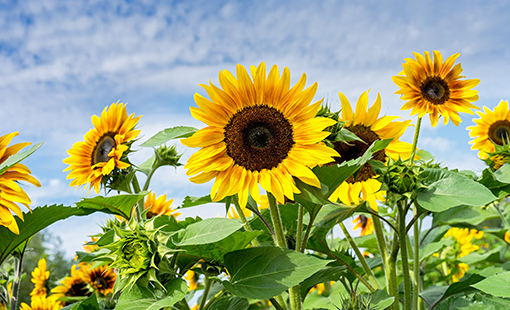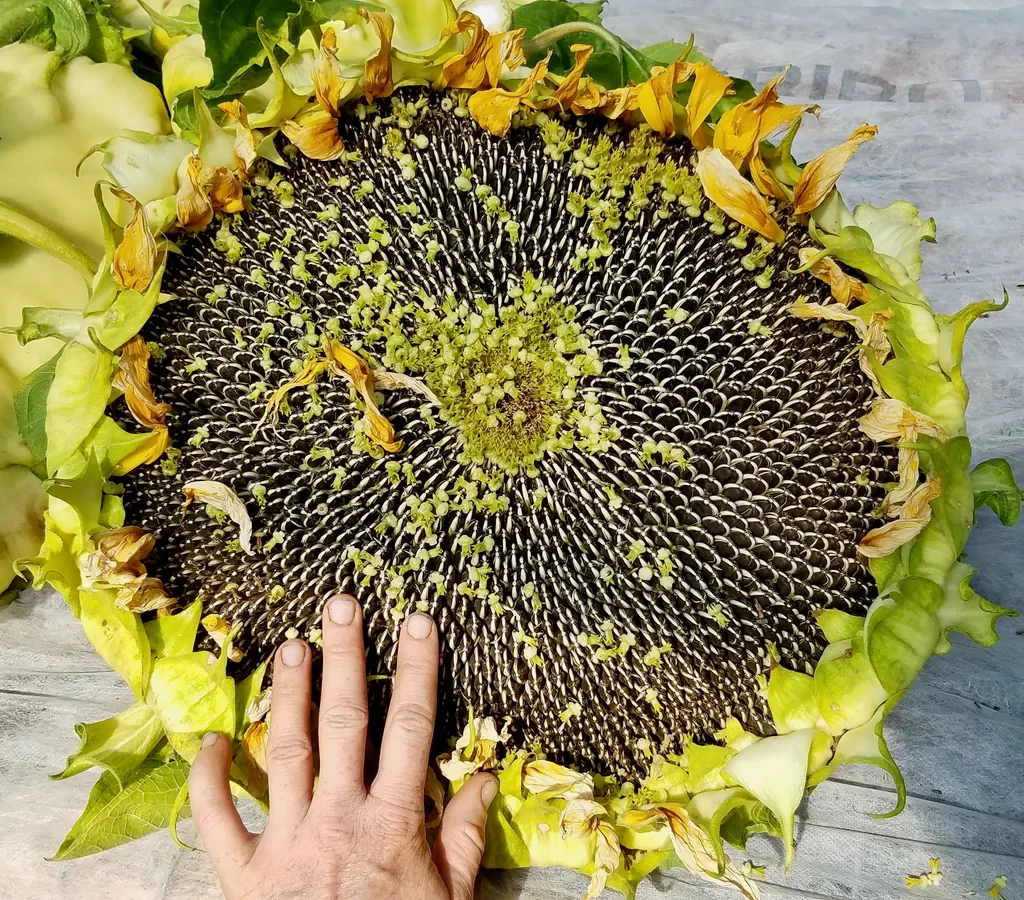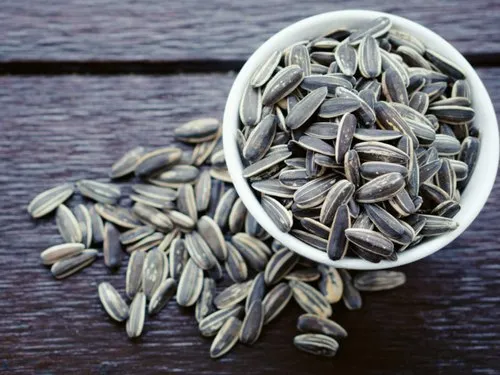Few flowers can match the cheerful, towering presence of a sunflower. With their golden petals and iconic faces that follow the sun, sunflowers are a beloved addition to home gardens. Not only are they beautiful, but they’re also easy to grow, making them perfect for beginner gardeners and seasoned green thumbs alike.
If you’ve ever wondered how to plant sunflower seeds for maximum growth, this comprehensive guide will walk you through everything you need to know — from choosing the right variety to planting, care, and harvesting those magnificent blooms.

Why Grow Sunflowers?
Sunflowers aren’t just eye candy. These versatile plants offer several benefits:
- Attract beneficial pollinators like bees and butterflies
- Provide natural birdseed for your backyard visitors
- Act as a natural privacy screen or windbreak
- Improve soil with their deep, soil-loosening roots
- Offer edible seeds for snacking, baking, or oil-making
Plus, few things feel more summery than a patch of towering sunflowers swaying in the breeze.

Choosing the Right Sunflower Variety
Sunflowers come in a range of heights, colors, and bloom sizes. Picking the right type for your space and purpose is key for maximum growth.
Popular Types of Sunflowers:
- Mammoth Grey Stripe: Classic giant sunflowers that grow up to 12 feet tall with 12-inch blooms.
- Autumn Beauty: Multi-branching, warm-toned flowers in shades of bronze, red, and yellow.
- Teddy Bear: Compact, double-flowered dwarf variety, ideal for small gardens and containers.
- Lemon Queen: Pale yellow blooms that are excellent for pollinators and cut flowers.
Pro Tip: Check your seed packet for each variety’s mature height, bloom size, and days to maturity (usually 70-100 days).

When to Plant Sunflower Seeds
Sunflowers thrive in warm soil and full sun.
- Plant after the last frost date in your area.
- Soil temperature should be at least 60°F (16°C) for germination.
- In most regions, late spring to early summer is the ideal planting time.
Succession Planting Tip: Stagger your sowing every 2-3 weeks for continuous blooms throughout the season.

Preparing the Soil
Sunflowers love rich, loose, well-draining soil.
Steps to Prep the Soil:
- Choose a full-sun location that gets 6-8 hours of direct sunlight daily.
- Loosen soil to a depth of 12-18 inches — sunflowers have long taproots.
- Work in compost or well-rotted manure to improve fertility and drainage.
- Check soil pH; sunflowers prefer a range of 6.0-7.5.
Optional: Add a slow-release, balanced fertilizer (10-10-10) before planting.
How to Plant Sunflower Seeds
Planting sunflowers is delightfully simple.
Direct Sowing in the Garden:
- Sow seeds 1-2 inches deep.
- Space seeds 6 inches apart for small varieties, 12-18 inches apart for tall ones.
- Space rows about 2-3 feet apart.
- Water the soil well after planting.
Thinning: Once seedlings reach 6 inches tall, thin them to the strongest plant per spacing recommendation.
Growing Sunflowers in Containers
Yes — you can grow sunflowers in pots too!
- Choose a large, sturdy container (at least 12 inches deep).
- Use high-quality potting mix with added compost.
- Plant seeds 1 inch deep, and water thoroughly.
- Stake taller varieties to prevent tipping.
Sunflower Care Tips for Maximum Growth
Sunflowers are easy-going, but a little extra care ensures they thrive.
Watering:
- Keep soil consistently moist (not soggy) during germination.
- Once established, water deeply 1-2 times per week.
- Increase watering during dry spells or intense heat.
Pro Tip: Water at the base to avoid mildew or leaf issues.
Fertilizing:
- Lightly feed with a balanced, all-purpose fertilizer every 3-4 weeks.
- Avoid over-fertilizing with nitrogen, which can cause excessive leaf growth and smaller blooms.
Mulching:
Apply a 2-3 inch layer of organic mulch around sunflowers to:
- Retain soil moisture
- Keep roots cool
- Suppress weeds
Supporting Tall Sunflowers
Large varieties like ‘Mammoth’ can reach over 12 feet and may need support.
- Install stakes or trellises when plants are young.
- Use soft garden twine or cloth strips to gently tie stems to supports.
Windy areas: Plant sunflowers along a fence or wall for natural wind protection.
Pests and Problems
Sunflowers are hardy but can face a few common challenges.
Pests:
- Aphids: Spray with insecticidal soap or hose off.
- Cutworms: Protect seedlings with cardboard collars.
- Birds and squirrels: Use bird netting or garden fabric over seed heads.
Diseases:
- Powdery mildew or rust can appear in humid conditions. Ensure good air circulation and avoid overhead watering.
Crop Rotation Tip: Avoid planting sunflowers in the same spot year after year to prevent soil-borne diseases.
When and How to Harvest Sunflowers
Depending on the variety, blooms typically appear 70-100 days after planting.
Harvesting for Cut Flowers:
- Cut stems early in the morning, just as the flower head starts to open.
- Place cut flowers in water immediately.
Harvesting Seeds:
- Wait for the flower head to turn brown and dry.
- Petals will shrivel and fall off.
- Rub seeds gently with your hand — they should come out easily.
- Hang heads upside down in a dry, airy space to finish drying.
- Store seeds in a cool, dry place for snacking, replanting, or bird feeding.
Fun Facts and Creative Uses for Sunflowers
- The tallest recorded sunflower was 30 feet 1 inch tall!
- Sunflower seeds are a rich source of vitamin E, magnesium, and healthy fats.
- Dried sunflower heads make beautiful, rustic fall decorations.
- Sunflowers are known for heliotropism — young blooms track the sun across the sky.
Final Thoughts
Planting sunflowers from seed is one of the most rewarding, low-maintenance gardening projects you can undertake. With a little sun, soil, and care, you’ll soon have a towering patch of sunny blooms adding beauty and vibrancy to your backyard.
Whether you want to attract pollinators, harvest your own seeds, or simply enjoy the iconic sight of sunflowers nodding in the summer breeze, following these steps will set you up for a season of maximum growth and garden joy.





Leave A Comment